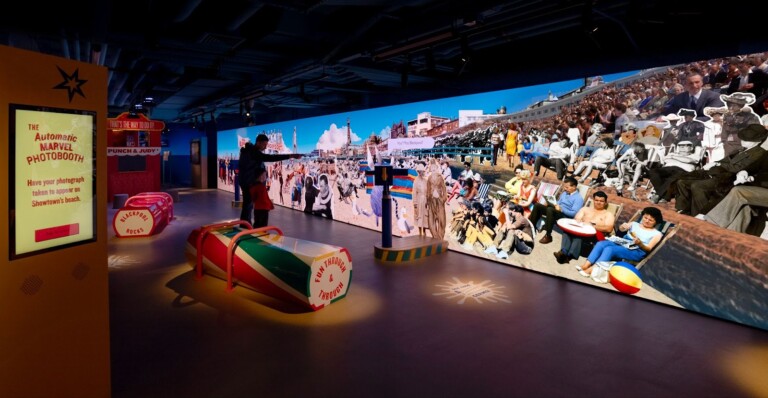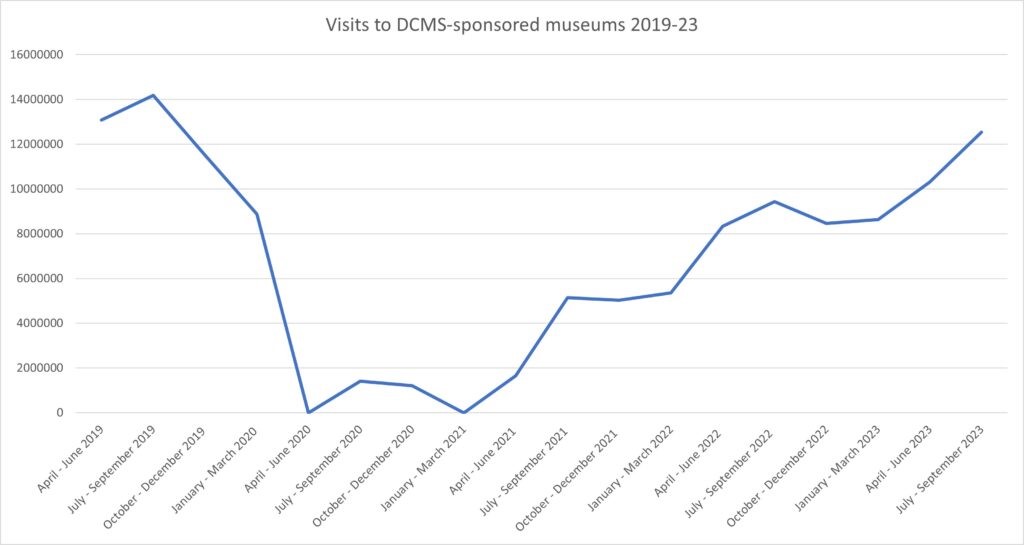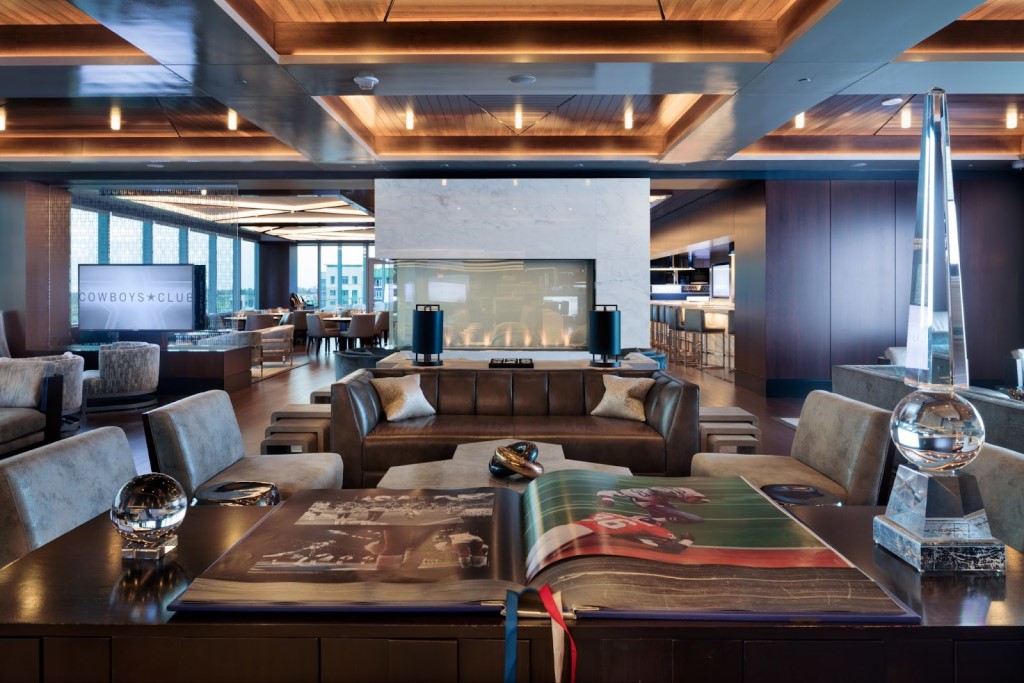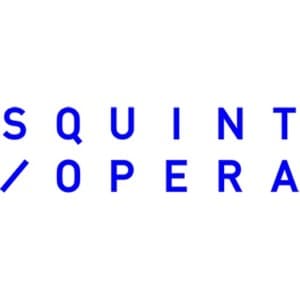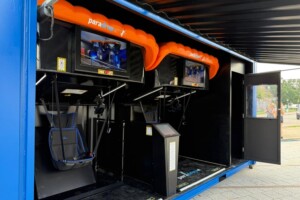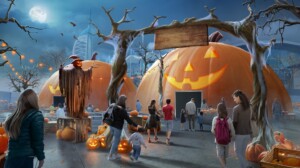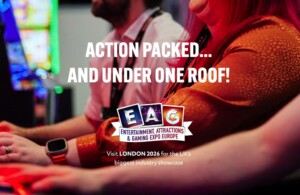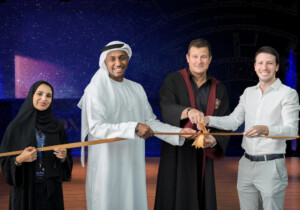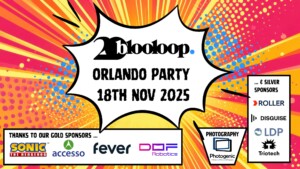Squint/Opera, the creative studio, has built an extensive portfolio of unique experiences that resonate authentically with their audiences. Ben Townsend, project director, has shared his insights into developing successful attractions in a changing landscape.
“In the last few years, we’ve seen an explosive demand for new and unique attractions. People are flocking to one-of-a-kind entertainment and novel experiences: XR, “eatertainment,” and “artainment,” to name a few. Dinner and a movie have never been so passé,” says Townsend.
“It’s a major shift in the attractions market, one that promises new opportunities for venue owners who can think outside the box. But pulling off an exciting new experience is much more challenging than most owners think.”
Post-pandemic visitor trends
Traditional cultural attractions have not adapted quickly enough in the wake of COVID-19, notably in response to the drop in international visitors. This is particularly evident in museum attendance.
According to The Art Newspaper, the Metropolitan Museum of Art in New York saw 1.7 million fewer visitors in 2022 than before the pandemic. By the first quarter of 2023, Tate Modern and Tate Britain in London were receiving roughly 80% of their 2019, pre-COVID-19 visitor levels. Also in London, the National Gallery has experienced the largest reduction in attendance of any museum in the world, and forecasts that it will not return to pre-pandemic levels until the end of 2024 or early 2025.
“In the domestic market, however, there’s been significant demand for new types of entertainment. Instead of hitting a movie theatre or a museum — a fairly static, passive experience after so many months of lockdown — people are flocking to active attractions like go-karting, restaurants with popular leisure games, and Meow Wolf– and teamLab-style digital art experiences,” says Townsend.
The growing popularity of competitive socialising is contributing to this trend. Many of these new attractions are designed to be shareable, with colourful backdrops and feed-worthy photo ops.
“Another part of the shift is motivated by an appetite for novelty,” explains Townsend. “It’s a case of reciprocal supply and demand. As people post about new attractions, more people want to experience those attractions, and the market grows to include even more new attractions.”
In addition, innovative digital technologies enhance immersion and add digital elements to physical experiences.
“Unfortunately, succeeding in today’s attractions market is not as simple as adopting the latest trend,” warns Townsend. “We’ve likely hit the saturation point for escape rooms, bars with video game arcades, and other common ideas. Owners can no longer expect to copy and paste any old concept into their space and succeed.”
Designing a mix of plays
Successful attractions will take a tailored strategy to use a venue’s unique attributes while combining them with fresh “plays” to capture the attention of visitors. Plays could range from celebrating a building’s historical significance to IP deals such as the David Hockney show at the Lightroom, the immersive War of the Worlds event, and the BBC Earth event.
Many popular attractions combine offerings in unique and creative ways. The Shard in London, for example, pulls visitors with its views, but it also serves champagne to make the experience more luxurious. The Cowboys Club at AT&T Stadium, developed by ICRAVE a Journey Studio, holds renowned tailgate parties on game days. When the Dallas Cowboys aren’t playing, it hosts premium dining events.
“Regardless of the exact combination of plays, it’s important that owners capitalise on what they already have while staking out a unique corner in the market. Copycat or plug-and-play experiences don’t work anymore; what’s successful for one competitor won’t be able to be duplicated on the other side of town.”
Creating a new attraction is a complex task which includes redesigning spaces, adding advanced technology, ensuring a great visitor experience, and much more. In addition, attractions need to balance creativity with sound financial strategy.
Traditional business plans based on old trends are no longer reliable post-pandemic, and so it is hard to predict new attractions’ success until they’re operating. Consequently, it can be difficult for investors to understand the attraction’s potential.
“Today’s market calls for a smooth, strategic blend of business savvy and creative innovation,” says Townsend. “There’s a sized audience opportunity, and under and over-investing in your attraction can be fatal. Ultimately, the business side needs to be open to unique ideas in the market, while the creative side needs to acquire a deep understanding of target audiences and spending habits.”
F1 DRIVE
An example of digital technologies and IP use is the F1 DRIVE go-karting experience at Tottenham Hotspur Stadium, which was supported by Squint/Opera in partnership with Charcoal Blue Experience and Electrosonic.
The experience is layered digitally, with real-time race data, overhead lights for communication with drivers, and a virtual race engineer providing race updates. The augmented technology, as well as the F1 DRIVE IP and merchandising, set it apart from traditional go-karting.
Combining commercial & creative approaches
The studio begins by sizing the market’s opportunities, gathering information about the target audiences, and benchmarking similar experiences using information such as visitor numbers, demographics, Trip Advisor ratings, and more.
“We then convert that commercial data into something that creatives can riff off, creating ideal visitor profiles with names, faces, aspirations, pain points, budgets, and more. We also identify key visitor personas like the luxury connoisseur, the sociable maximalist, and the family fun seeker,” explains Townend.
“Our persona enrichment even extends to mockups of Forbes articles and visitor Instagram posts to help the team consider what’s important to different audiences. By alchemising the cold data and graphs into something visually tangible, we give the creative team a highly usable context that is closely tied to the financial realities of the project.”
For example, for the Lift 109 experience at Battersea Power Station, Squint/Opera conducted sentiment analysis on reviews of the Shard. This offered a strong benchmark in the local market.
After developing the creative vision, Squint/Opera identifies opportunities for upselling and provides high-tech previews and storyboards to illustrate the visitor experience. CGI and digital twins enable the studio to visualise the entire visit, from start to finish.
Transforming attractions
“Turning an under-utilised venue into a powerhouse attraction is no small task. It requires strategic planning and big-picture vision to unite the best commercial and creative strategies. It also requires a highly nuanced understanding of the venue’s target audience and unique positioning.
“Planners need to be laser-focused on the details to understand why a venue should invest in this user experience versus that one, in Touchpoint A versus Touchpoint B. Meanwhile, designers need to have expertise in a wide range of technologies to keep audiences interested,” concludes Townsend.
“Ultimately, the offerings that succeed in our post-COVID landscape will be the ones that are tailor-made for their market. Every venue is different, and the right combination of plays will be as unique and distinctive as a fingerprint.”
Last month, Squint/Opera announced that it is collaborating with Droga5 to produce a series of films as part of the launch campaign for Qiddiya City in Saudi Arabia.
Header image from Showtown Blackpool, a new museum of Fun and Entertainment that resides in a hotel complex on the Golden Mile Promenade. (Immersive Exhibits by Squint/Opera, Exhibition Design by Casson Mann.)
